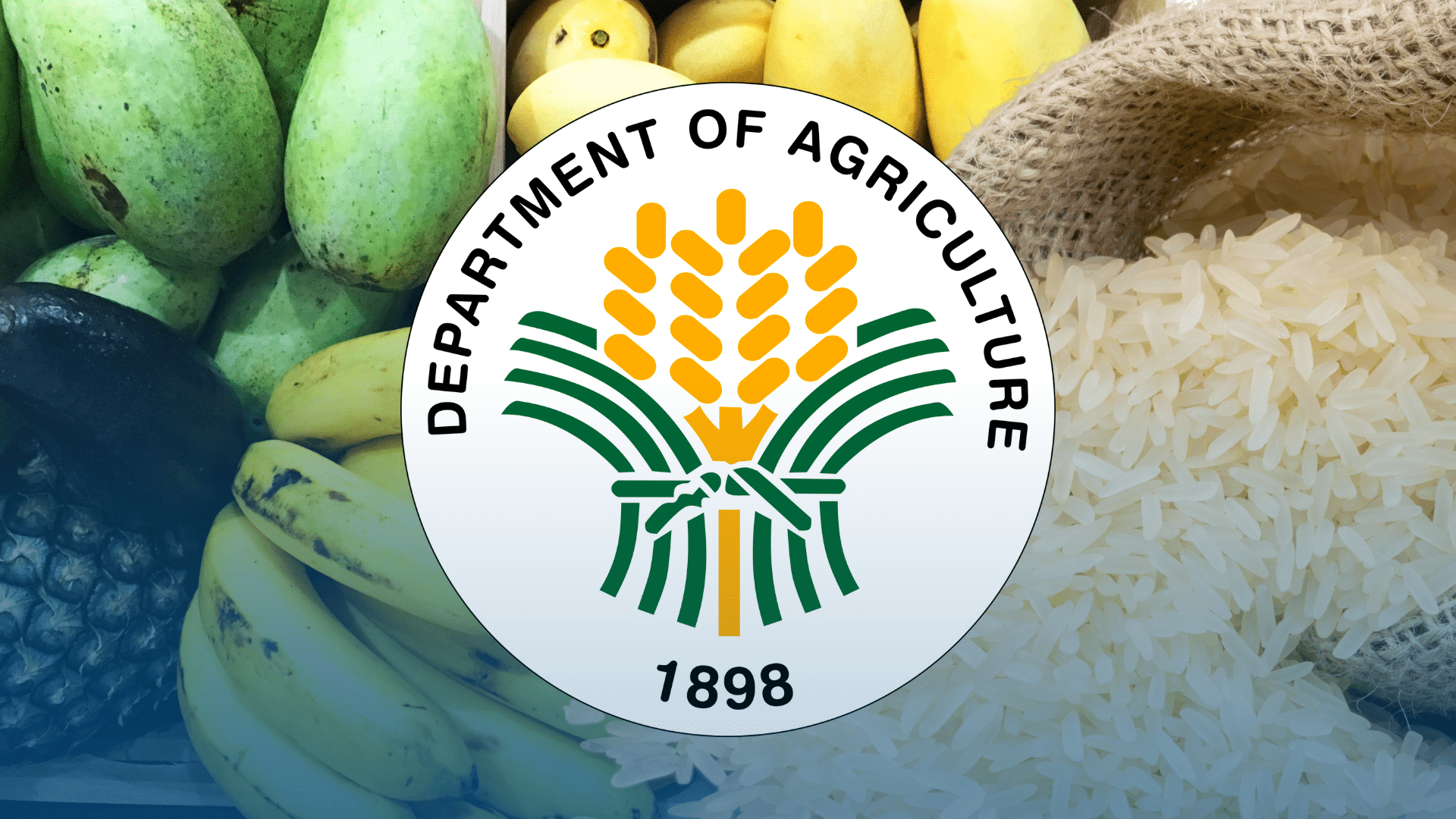
(UPDATES) PHILIPPINE meat imports are expected to rise this year due to the extension of reduced import tariffs and amid an expansion in the global meat trade, the United Nations' Food and Agriculture Organization (FAO) said.
In its latest food and market review, the FAO said the Philippines could be likely to bring in 1.09 million metric tons (MT) of meat and other meat products in 2024, slightly higher than 1.04 million MT recorded a year earlier.
"The extension of reduced tariffs on pig meat until the end of 2024 and increased demand for poultry and bovine meats will likely cause imports to grow in the Philippines," it said.
Global imports of meat, meanwhile, were forecast to reach 39.8 million MT, with China remaining the top importer at 8.17 million MT.
In terms of production, the FAO said that Philippine output could hit 3.0 million MT this year, up from last year's overall production of 2.9 million MT.
The forecast expansion of global production is likely to be led by poultry meat, which is seen to increase by 1.1 million MT to 146 million MT.
The increase in output will be driven by strong consumer demand for affordable poultry meat and low feed costs despite risks from avian influenza and high operational costs in leading producers, the UN agency said.
Much of the import demand for poultry meat is expected from the United States, Malaysia, Iraq, the Philippines, the European Union, and South Africa due to increasing domestic demand and affordability of poultry meat compared to other meats.
The report also showed that bovine and ovine meat production is likely to expand further in 2024, underpinned by ample supplies of slaughter-ready cattle.
"However, constrained consumer purchasing power due to subdued economic growth and relatively high bovine meat prices will likely limit demand and impact production growth prospects," the UN agency said.
Global pig meat production, meanwhile, was estimated to fall by about 1.2 million MT or 0.9 percent from 2023 and hit 123.3 million MT this year.
The FAO attributed this to an anticipated decline in China following government's efforts to contain oversupply and sustain domestic price stability by reducing breeding sow numbers and adjusting the national swine stock target.
In the case of the Philippines, pig meat production is projected to hit 1.28 million MT. As for imports, these were forecast to hit 393,000 MT this year.
Read The Rest at :




